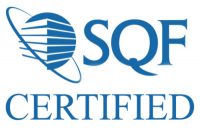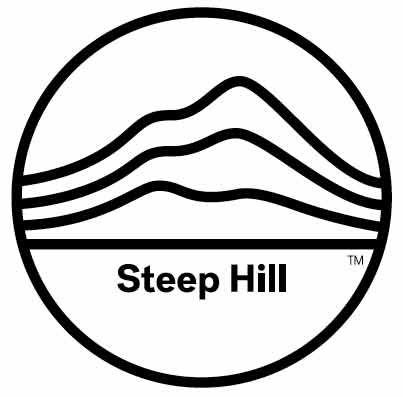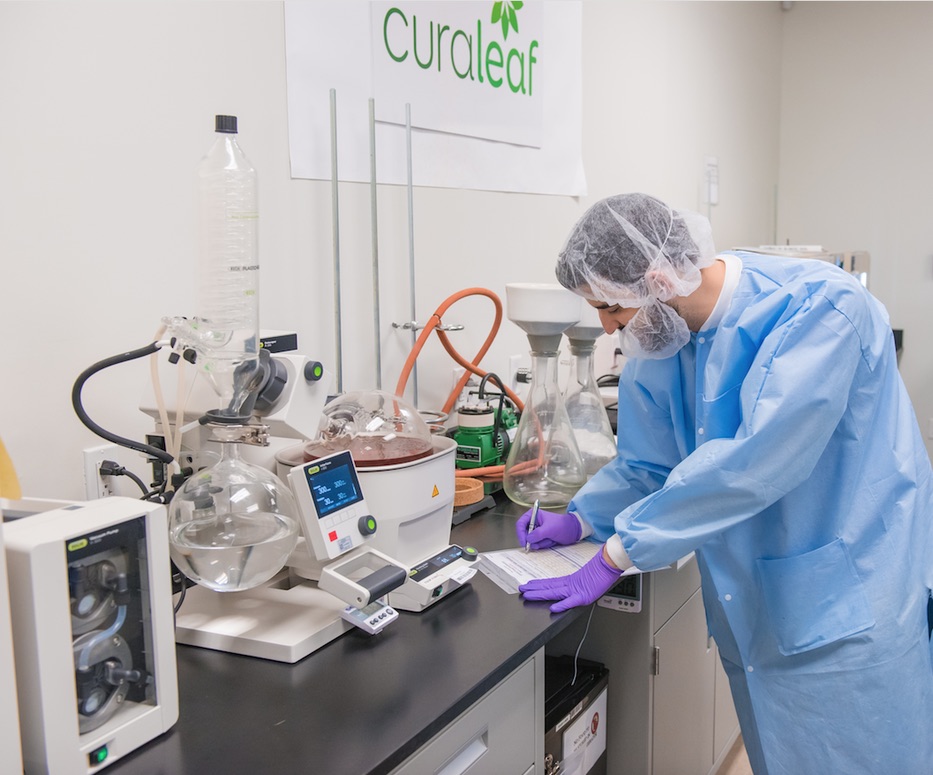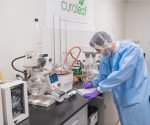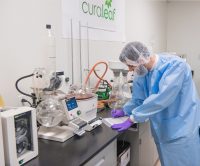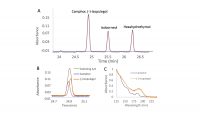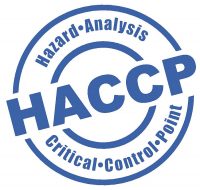In Part 3 of this series on HACCP, Critical Control Points (CCPs), validation of CCPs and monitoring of CCPs were defined. When a HACCP plan identifies the correct CCP, validates the CCP as controlling the hazard and monitors the CCP, a potential hazard is controlled in the manufacturing and packaging of cannabis-infused edibles. The food industry is big on documentation. If it’s not documented, it did not happen. The written hazard analysis, validation study and monitoring of CCPs create necessary records. It is these records that will prove to a customer, auditor or inspector that the edible is safe. Here in Part 4, more recordkeeping is added on for deviation from a CCP, verification and a recall plan.
Take Corrective Action When There Is a Deviation from a Critical Control Point
Your food safety team conducts a hazard analysis, identifies CCPs and decides on monitoring devices, frequency and who is responsible for monitoring. You create an electronic or paper record of the monitoring for every batch of edible to document critical limits were met. Despite all your good efforts, something goes wrong. Maybe you lose power. Maybe the equipment jams. Nothing is perfect when dealing with ingredients, equipment and personnel. Poop happens. Because you are prepared before the deviation, your employees know what to do. With proper training, the line worker knows what to do with the equipment, the in-process product and who to inform. In most cases the product is put on hold for evaluation, and the equipment is fixed to keep running. The choices for the product include release, rework or destroy. Every action taken needs to be recorded on a corrective action form and documents attached to demonstrate the fate of the product on hold. All the product from the batch must be accounted for through documentation. If the batch size is 100 lb, then the fate of 100 lb must be documented.
Verify Critical Control Points Are Monitored and Effective
First, verification and validation are frequently confused by the best of food safety managers. Validation was discussed as part of determining CCPs in Part 3. Validation proves that following a CCP is the right method for safety. I call validation, “one and done.” Validation is done once for a CCP; while verification is ongoing at a CCP. For example, the time and temperature for effective milk pasteurization is very well known and dairies refer to the FDA Pasteurized Milk Ordinance. Dairies do not have to prove over and over that a combination of time and temperature is effective (validation), because that has been proven.
I encourage you to do as much as you can to prepare for a recall.A CCP is monitored to prove the safety parameters are met. Pasteurization is an example of the most commonly monitored parameters of time and temperature. At a kill step like pasteurization, the employee at that station is responsible for accurate monitoring of time and temperature. The company managers and owners should feel confident that CCPs have been identified and data are being recorded to prove safety. Verification is not done by the employee at the station but by a supervisor or manager. The employee at the station is probably not a member of the food safety team that wrote the HACCP plan, but the supervisor or manager that performs verification may be. Verification is proving that what was decided by the food safety team is actually implemented and consistently done.
Verification is abundant and can be very simple. First, every record associated with a CCP is reviewed by a supervisor or manager, i.e. someone who did not create the record. This can be a simple initial and date at the bottom of the record. Every corrective action form with its associated evaluation is verified in the same way. When HACCP plans are reviewed, that is verification. Verification activities include 1) testing the concentration of a sanitizer, 2) reviewing Certificates of Analysis from suppliers, 3) a review of the packaging label and 4) all chemical and microbiological testing of ingredients and product. The HACCP plan identifies CCPs. Verification confirms that implementation is running according to the plan.
Verification is like a parent who tells their child to clean their room. The child walks to their room and later emerges to state that the room is clean. The parent can believe the word of the child, if the child has been properly trained and has a history of successfully cleaning their room. At some frequency determined by the parent, the room will get a parental visual check. This is verification. In the food industry, CCP monitoring records and corrective action must be reviewed within seven days after the record is created and preferably before the food leaves the facility. Other verification activities are done in a timely manner as determined by the company.

Write a Recall Plan
In the food industry, auditors and FDA inspectors require a written recall plan. Mock recalls are recommended and always provide learning and improvement to systems. Imagine your edible product contains sugar, and your sugar supplier notifies you that the sugar is recalled due to glass pieces. Since you are starting with the supplier, that is one step back. Your documentation of ingredients includes lot numbers, dates and quantity of sugar.You keep good records and they show you exactly how much of the recalled lot was received. Next you gather your batch records. Batches with the recalled sugar are identified, and the total amount of recalled sugar is reconciled. You label every batch of your edible with a lot code, and you identify the amount of each affected lot and the customer. You have a press release template in which you add the specific information about the recall and affected lots. You notify every customer where the affected edible was shipped with a plan to return or destroy the edible. When you notify your customers, you go one step forward.
How would your company do in this situation? I have witnessed the difficulties a company faces in a recall when I was brought in to investigate the source of a pathogen. Food safety people in my workshops who have worked through a recall tell me that it was the worst time of their life. I encourage you to do as much as you can to prepare for a recall. Here are two good resources:
- Chapter 15 in the Participant Manual of the Preventive Controls for Human Food rule Warning! The manual is over 500 pages, so be careful what you print. It can be purchased for only $30 by following the link to the bookstore.
- The Food Recall Manual of the University of Florida Extension Another warning! The manual is 134 pages.
Please comment on this blog post below. I love feedback!







